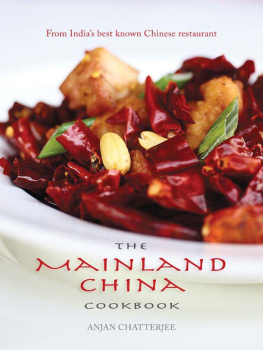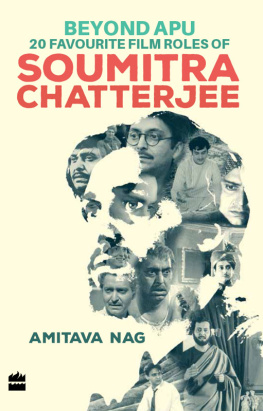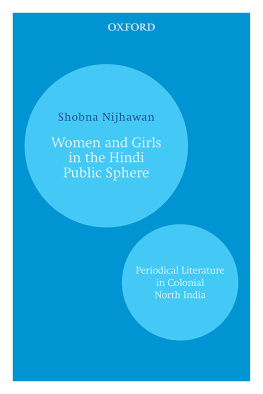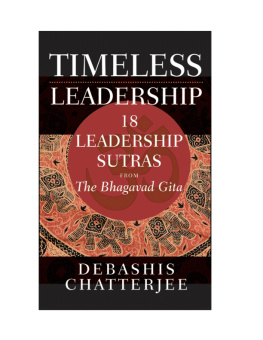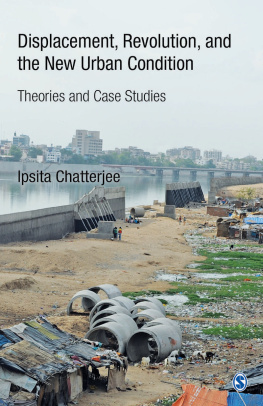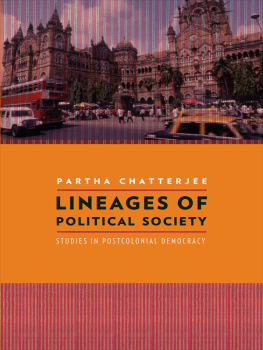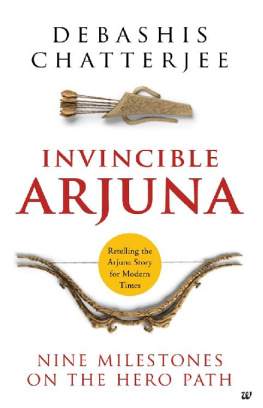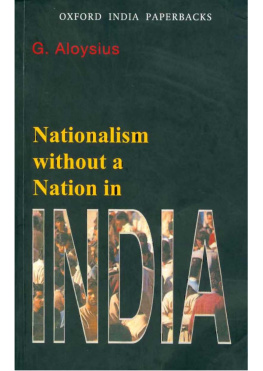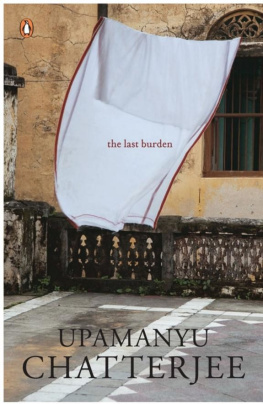
Media and Nation Building in Twentieth-Century India
This book profiles twentieth-century India through the life and times of Ramananda Chatterjee journalist, influencer, nationalist. Through a reconstruction of his history, the book highlights the oft-forgotten role of media in the making of the idea of India.
It shows how early twentieth-century colonial India was a curious melee of ideas and people a time of rising nationalism, as well as an influx of Western ideas; of unprecedented violence and compelling non-violence; of press censorship and defiant journalism. It shows how Ramananda Chatterjee navigated this world and went beyond the traditional definition of the nation as an entity with fixed boundaries to anticipate Benedict Anderson and Ernest Gellner.
The volume also examines the wide reach and scope of his journals in English, Hindi and Bengali, which published the likes of Rabindranath Tagore, Subhash Bose, Abanindranath Tagore, Nandalal Bose, Ananda Coomaraswamy, the scientist J. C. Bose and Zhu Deh, the co-founder of the Chinese Red Army. He also published India in Bondage by the American Unitarian minister J. T. Sunderland, which resulted in his arrest.
An intriguing behind-the-scenes look of early twentieth-century colonial India, this book will be of great interest to scholars and researchers of history, modern South Asia and media and cultural studies.
Kalyan Chatterjee is Professor at Amity School of Communication, Amity University, India. He has worked as a journalist for over two decades, first at United News of India news agency and then at Deccan Herald newspaper, covering politics and government. He was awarded the K. K. Birla Fellowship in 1996 and has been teaching mass communication since 2002.
First published 2020
by Routledge
2 Park Square, Milton Park, Abingdon, Oxon OX14 4RN
and by Routledge
52 Vanderbilt Avenue, New York, NY 10017
Routledge is an imprint of the Taylor & Francis Group, an informa business
2020 Kalyan Chatterjee
The right of Kalyan Chatterjee to be identified as author of this work has been asserted by him in accordance with sections 77 and 78 of the Copyright, Designs and Patents Act 1988.
All rights reserved. No part of this book may be reprinted or reproduced or utilised in any form or by any electronic, mechanical, or other means, now known or hereafter invented, including photocopying and recording, or in any information storage or retrieval system, without permission in writing from the publishers.
Trademark notice: Product or corporate names may be trademarks or registered trademarks, and are used only for identification and explanation without intent to infringe.
British Library Cataloguing-in-Publication Data
A catalogue record for this book is available from the British Library
Library of Congress Cataloging-in-Publication Data
A catalog record for this book has been requested
ISBN: 978-0-367-08660-2 (hbk)
ISBN: 978-0-429-34732-0 (ebk)
Typeset in Sabon
by Apex CoVantage, LLC
The journey of this biography of Ramananda Chatterjee and his journals began 22 years ago when the K. K. Birla Foundation awarded me a one-year fellowship for research. This enabled me to take a year off from my regular job to devote time to the project. The selection committee apparently liked the subject which was suggested to me by senior columnist and academic Dr Bhabani Sengupta, who unfortunately is no longer with us. Before he brought the subject to my notice, I had not heard of Ramananda Chatterjee or his journals The Modern Review and Prabasi though I had worked as a journalist for a good 14 years by then. But when I entered this virtual treasure-land it not only made me think about my profession but also brought to me the reality of those faraway events of history that was no longer a part of public memory. The story of the Indian nation being built could be seen in these journals which was recorded as it happened in their pages. Though both my parents were dead by then, from some of the things that they talked about, including personalities and stories, I could make out that they were regular readers of Chatterjees journals. In other words, it was a journey that I enjoyed thoroughly; with each succeeding month and year I uncovered deeper and deeper layers that I never suspected even existed.
In the first place it took me to people and places associated with Ramananda. I went to Calcutta (now Kolkata) and Shantiniketan and went through copies of the Bengali journal Prabasi . I met and talked to a number of his descendants, some of whom were very helpful. I visited Rama Chatterjee, his granddaughter in Calcutta, and she gave me a long interview. Some others were somewhat reticent about Ramanandas legacy. He represented something like a peak in his family tree with neither his ancestors nor his descendants reaching the heights that he achieved both as a journalist and as a public figure. One thing that became clear at this stage was his close association with poet and Nobel Laureate Rabindranath Tagore. This association brought out the great importance of Tagore in the nation-building process in India, which today is largely ignored.
Another extraordinary person whom I discovered through Ramananda and his journals was Charles Freer Andrews, an Englishman who spent half his life in India calling for the liberation of its people. I still have very little information about another personality journalist St Nihal Singh, who wrote on a variety of subjects for The Modern Review , including coverage of the proceedings of the British Parliament leading up to the implementation of the Montagu-Chelmsford Reforms of 1919. I learnt about Sudhindra Bose, an Indian settled in the United States who taught at the University of Iowa and was one of those who represented the case for full US citizenship for Indians. I also learnt about Taraknath Das, a rebel who was convicted of plotting to overthrow the British regime in India through an armed uprising. I also came across physicist Dr Meghnad Saha, who played a significant role in formulating Indias industrial policy.
The project brought me in close contact with the history of the Indian National Movement and the many accounts that present the narrative. After reading the journals I came to the conclusion that most of the accounts were written well after India gained its independence and therefore left out many details that were included in contemporary accounts like those presented in Ramanandas journals. Mahatma Gandhis Salt Movement of 1930, for example, is related usually as a linear narrative that omits its ups and downs and, in fact, its entire dynamics. What most accounts miss out is the very audacity of the movement that forced the resignation of a viceroy and compelled the British to invite Mahatma Gandhi to the Round Table conferences on a new constitution for India. Most accounts also ignore the international context in which Gandhiji became a figure of hope for people all over the world.
It made me look into another concept that has assumed importance all over again the concept of nationalism. What became clear to me as I read about different ideas on nationalism, both at the time that nation-states came up and serious efforts at looking back and theorising on the subject over the past half-century, was that there could be no cut-and-dried meaning of nationalism as most people believe. The building of the modern Indian nation was not a matter of uttering a few words and waving flags. In fact, for a long time few thought about the requirement of a national flag at all. The idea of the Indian nation was built not just through agitations for self-rule but through literature, philosophy, education, art and science. The Indian nation, I realised, was a unique entity unequalled anywhere in the world, and many Western countries could learn a thing or two from it. Above all it was the only country built on the foundation of inclusion rather than exclusion. It made me immensely proud of being an Indian particularly as the project provided an opportunity for a deeper study of the countrys heritage and culture, which has produced some of twentieth centurys greatest thinkers and men and women of action.


